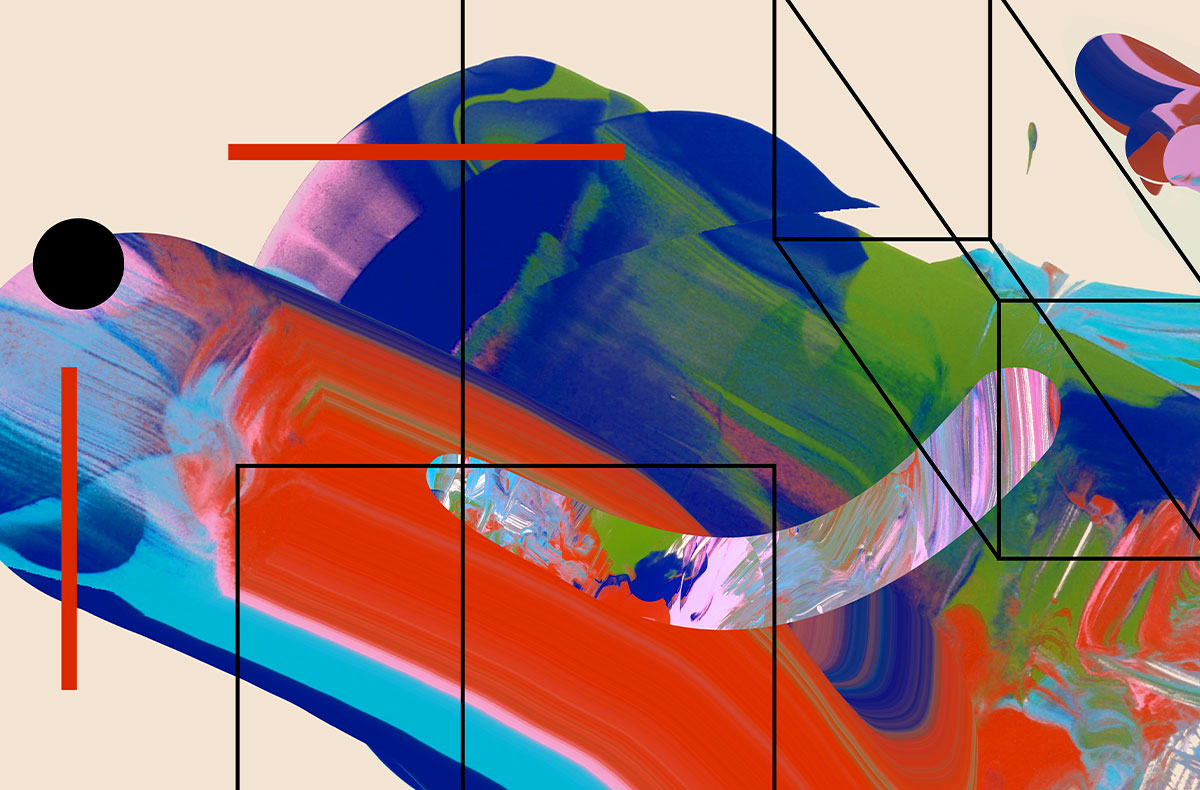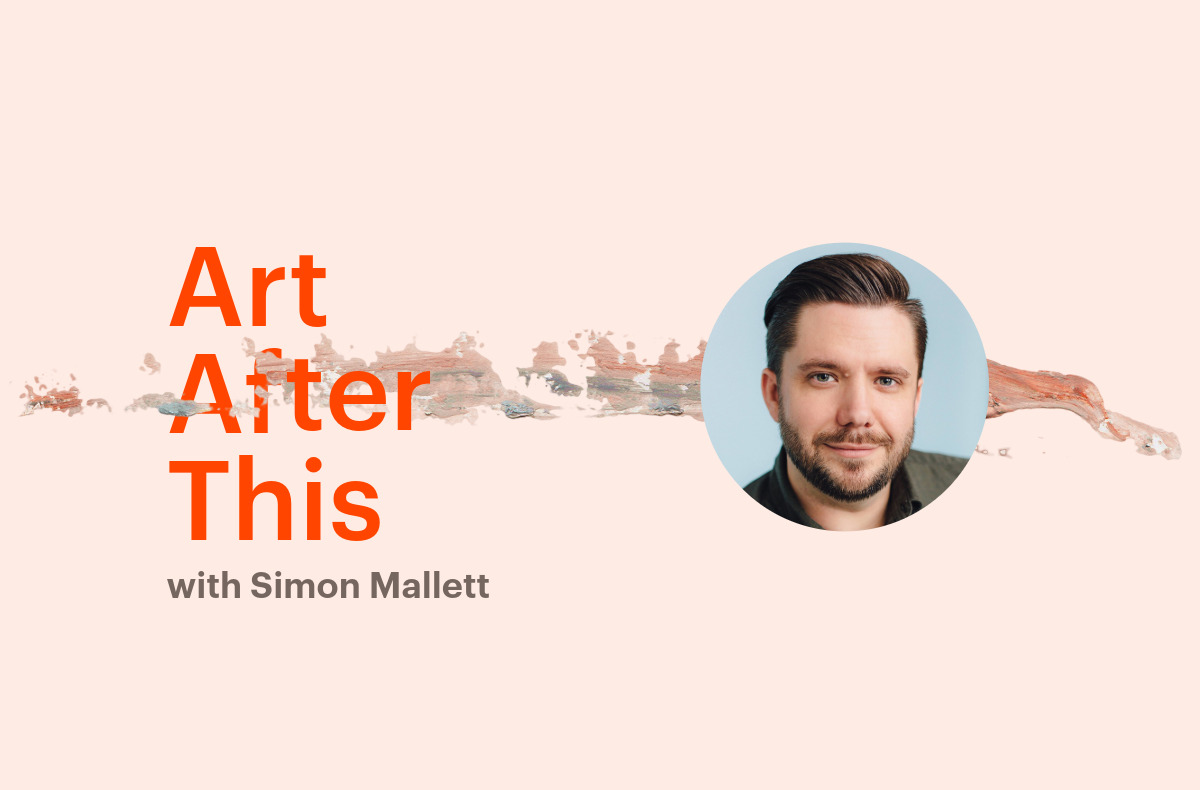By David Maggs, Metcalf Fellow on Arts and Society
Everywhere you look these days, people are bringing renewed intensity to the different ways we have for looking in the mirror, asking themselves “who are we?” without the usual assumptions at play. When Quebec voters consider what sovereignty means now, when Alberta’s Indigenous communities explain treaty lands to their Premier, when Republican backbenchers silently watch their constituencies bear the brunt of tariffs, and when the Catholic Church picks its pope. This high stakes, global moment is revealing us in fresh and urgent ways.
But what, exactly, is this moment about?
While pointing to the orange king is the easy thing to do here, it mistakes symptom for cause. To see beyond such a noisy distraction and perceive the moment more clearly, we must draw a wider circle, wrap our arms around more of its disparate energy so that we can feel its common ground.
We must, in other words, ask ourselves a riddle: What does the president of the United States, the legal teams negotiating Brexit, the marine biologists working on whale migration, Sunday shoppers in the produce aisle, and the artistic director of a theatre company in rural Canada, all have in common?
A MAGA moment for everyone?
The answer, I believe, is that they are all caught up in a shared perception of decline. We are all, in some way, beholding a lessening. Whether the political decline of the West, the environmental decline of the planet, the moral decline of late capitalism, or the cultural decline of digitally-disrupted societies — everywhere you look, there is a sense that better days are behind us. Here, I suggest, our age finds its zeitgeist. While some of us want to make America great again, and some of us want to make whales great again, and some of us want to make live performance great again, we’re all a little MAGA now, for we are all living in the image of decline.
What is so tricky about decline-as-zeitgeist, is that “necessary renewal” and “counterproductive nostalgia” are like siblings with opposite hearts — Edgar and Edmund for any King Lear fans out there. Renewal requires a clear-eyed view of the good life and the lessons history teaches about what matters and how to protect it. Counterintuitively though, it also demands the courage to let go. We must abandon much of ourselves — precisely as Edgar does — in order to carry the things that really count into the world that is to come.
Nostalgia — particularly when disowned by a disinterested or disdainful present — grows into a deluded bastard, luring us into producing counterfeit worlds that need to deliver no meaningful social goods at all, only the reminders of an age when such things seemed present. Where renewal involves an organic metamorphosis in three dimensions, nostalgia offers theme-park photo walls with holes through which to poke our faces and smile.
In this respect, decline-as-zeitgeist grabs our attention in contradictory ways. Necessary renewal rings alarm bells, alerting us to things we might lose before it’s too late (e.g. democracy, liveable climate, public broadcasters). Counterproductive nostalgia lures us into a hall of mirrors where we can only grasp at the sensations once caused by what is already lost. Wanting to make America great again may have different ethical ramifications than wanting to make concerts great again, but they share a disorienting mix of renewal and nostalgia.
Is this a Massey moment?
The Massey Commission — formally known as the Royal Commission on National Development in the Arts, Letters and Sciences — was established in 1949 and chaired by Vincent Massey. Driven by an anxiety around American cultural influence, the Commission issued its landmark report in 1951. This led to significant developments in Canadian cultural policy, establishing the Canada Council for the Arts, the National Library, the CBC, etc.
At the same time, the report, along with the policies it inspired and the institutional landscape that emerged, have been criticized from a range of perspectives: An elitist view of culture in its preoccupation with “high art”; a parochial view of culture in its preoccupation with Canadian art; too unifying an approach to national narratives at the expense of regional difference; too institutional an approach to cultural production at the expense of individual artists; too Anglo for our Francophones; too colonialist for our Indigenous Nations; and too Eurocentric for the cultural diversity now contributing to Canadian identity (see Zainub Verjee’s essay for more).
Safe to say, the substance of the Massey vision has expired. Its spirit, however — its desire to respond to the question “who are we?” through a strategic cultural vision for Canada — may be stronger now than ever.
In recent years, I have been asked by different collaborators to participate in various efforts to “rewrite Massey.” To echo the spirit, that is, while replacing the substance to better reflect the nation and its values today. While flattering, I continue to decline these invitations — not because I think we shouldn’t be explicit and intentional with culture, or because I think culture isn’t central to this big “who are we?” moment. I hesitate because I think it’s too soon.
In the current context of decline, the line between renewal and nostalgia feels too ambiguous, while the relationship between culture and Canada remains in such necessary flux. What culture is becoming and what Canada is becoming are both so fluid and emergent that shaping a viable long game feels wildly premature. Too much dust needs to settle before we can revisit a national gesture like the Massey Commission.
Five questions at the heart of Canada’s cultural policy
What is this unsettled dust clouding the relationship between culture and nation? What are the issues needing clarity before longer term cultural planning is possible? While I have some ideas, they are by no means comprehensive. Others will see crucial things I’m missing in what follows and I will endeavour to talk to some of those folks in the weeks to come. For now, I offer five big questions that appear to me to sit at the heart of Canada’s cultural policy challenges today.
1. Art & Nation: Building pluralism or deepening polarization?
As cultural sovereignty became a national concern recently, it wasn’t surprising to see Canada’s cultural sector step up. We are self-heralded nation builders, after all, uniquely fluent in the themes and values of a pluralist society. So, step aside everyone, we’ve got this.
Or do we? Last month, a political party ran on dismantling the nation’s public broadcaster and got 42% of the popular vote. Had they bothered to add gutting the Canada Council for the Arts, would it have cost them any traction with their base?
Typically, we culture types respond to this with dismissive interest that so many Canadians could be so ignorant. But in a time when ideological polarization is straining Western liberal democracies worldwide, such responses are unconscionable. If we don’t start asking ourselves why Canada’s public culture-making is now irrelevant or even antagonizing to half the nation, how can we call ourselves nation builders? How can we call ourselves engines of pluralism? How can we claim to be anything other than a partisan faction of an ideological showdown? How do we start to matter again to the other half of the country that pays our bills?
2. Art & Community: Serving visions or serving needs?
Cultural policy and funding is, overwhelmingly, concerned with supplying culture — the art we make, the shows we curate, the productions we produce. We test our future artistic leaders in their job interviews with the standard question, “what’s your vision for this company?” In the ongoing struggle for relevance and public participation, however, is it time to rebalance our focus on the supply of culture with greater attention to nurturing and supporting the demand for it? Instead of asking “what’s my vision for this company?” can we get better at asking ourselves “how are we meeting the cultural needs of our communities?”
This interest echoes Manifesto for Now’s work on the shift from artist-centred to audience-centred approaches. What if our cultural leaders were less preoccupied with the expressive and cultural visions of their arts, and more preoccupied with the cultural needs of their communities? What is the right balance here and what interventions help spark that balance in promising ways?
3. Art & Purpose: Cultural value or social impact?
Rebalancing artist-centred and audience-centred perspectives raises perennial issues of value, impact, and what is often called “social purpose.” In the tension between artistic autonomy and social utility, we confront a paradox at the heart of art’s role in society. While art may want to be useful, trying to make useful art typically disenchants the very power for which the help of art was sought in the first place, (see Claire Bishop’s Artificial Hells for a wonderful exploration of this). How do we maintain the integrity of artistic practices while pursuing tangible public value?
Here, the idea of cultural needs may help. Rather than translating supply-side cultural value into social, economic, or educational impacts, can we begin from the opposite direction? Can we, instead, spot those cultural needs that sit within different social challenges instead? For example, the cultural needs interwoven with the climate crisis, or with education reform, or mental health challenges?
Here, scholars such as Daisy Fancourt illustrate a profound yet often overlooked reality: cultural needs are fundamentally entwined with human well-being. “Engagement with the arts is consistently associated with improved mental and physical health outcomes, enhanced social cohesion, and increased resilience among diverse communities” (Fancourt & Finn, 2019).
Closer to home, decolonization illustrates how integrating cultural dimensions within health, education, and justice dramatically enhances efficacy. Recognizing the cultural needs at the heart of our communities and their broader social challenges unclasps the paradox of “art versus usefulness” while articulating relevance and impact in ways that are less inclined towards instrumental, didactic priorities.
4. Art & Technology: Going in two directions at once?
Of all the things disrupting Canada’s cultural sector over the past decade — whether the reckoning around a misalignment between the sector and Canadian society, the cataclysm of Covid, or the grinding punishment of inflation — none is as disruptive to the basic relationship between culture and country as the pace and depth of technological change. While it is impossible to know what tactics are needed now, deepening both our broader value to society and our overall viability as a sector can be found by striking out in two directions at once.
First, pursuing more intentional relationships with emerging technologies as exploration and adoption become more accessible than before. Virtual production and AI tools can redefine how organizations operate by streamlining processes, expanding distribution models, and responding to evolving audience behaviors. Careful adoption allows cultural institutions to enhance agility, broaden reach, and create experiences more attuned to contemporary consumption patterns.
Secondly, however, and because screens are saturating contemporary life to such an alarming degree, cultural nonprofits possess a growing superpower. We are, as Chris Abraham points out in a recent Maclean’s article, an essential source of screenlessness through our evolved rituals of authentic, focused, communal engagement. For so long, our weakness has been our incompatibility with digital platforms and patterns of consumption. In the midst of growing resistance to digital overload and the dopamine economy, can we rebuild our value in the public imagination by becoming a widely recognized digital antidote?
5. Art & Money: Broadening our revenue palette?
A recent article from The Economist (March 6, 2025) titled “Aid cannot make poor countries rich,” explores the unintended consequences of sustained foreign aid. While addressing immediate needs, such contributed revenue often fails to create sustainable economies. It suggests that the influx of aid has led to dependency culture, where the local government and institutions rely on foreign assistance rather than developing self-sufficiency. Such dependency hinders the growth of local industries and the development of effective governance structures.
It may be comforting to know that Canada’s cultural nonprofit sector is not alone in struggling to integrate essential support for culture with a pathway out of precarity. Here, we can learn much from the social innovation and blended finance communities in Canada in diversifying revenue towards greater sectoral health. Worldwide, cultural sectors are experimenting with the additive value of repayable finance within cultural nonprofits, leading to a growing hypothesis: Weaving a limited amount of repayable capital into the balance sheets of cultural nonprofits matures those organizations across a range of key variables more effectively than grants alone. Like rebar in cement, or vitamins in our diet, loans do not in any way offer a replacement for grants, but they allow us to do more with them.
Conclusion
The challenge that a broader zeitgeist of decline puts before us — regionally, nationally, and globally — is fundamentally a cultural challenge. It is a challenge of narrative, of meaning, of significance, and value. Canada’s cultural sector is well-positioned to meet this challenge and make the most of the opportunities emerging around this current cultural sovereignty moment.
Yet like every sector trying to keep pace in today’s world, we’ve got work to do if we want to make good on this promise. Can we expand beyond our narrow ideological position to better represent the diverse nation we serve? Can we bring genuine artistic values into more potent relationship with our communities and their broader social challenges? Can we position ourselves to both take advantage of — and offer enriching counterpoint to — the digitally-mediated world in which we live? And can we learn to work with a range of revenue streams to become more nimble, responsive, and dynamic, rather than staying stuck in endless precarity and the struggles of survival mode?
While the future does not need our new Massey report just yet — as Ana Serrano makes clear in her call for a more intentional design of our sector — we can be far more strategic in how we prepare ourselves to meet the cultural needs of a Canada yet to come.




